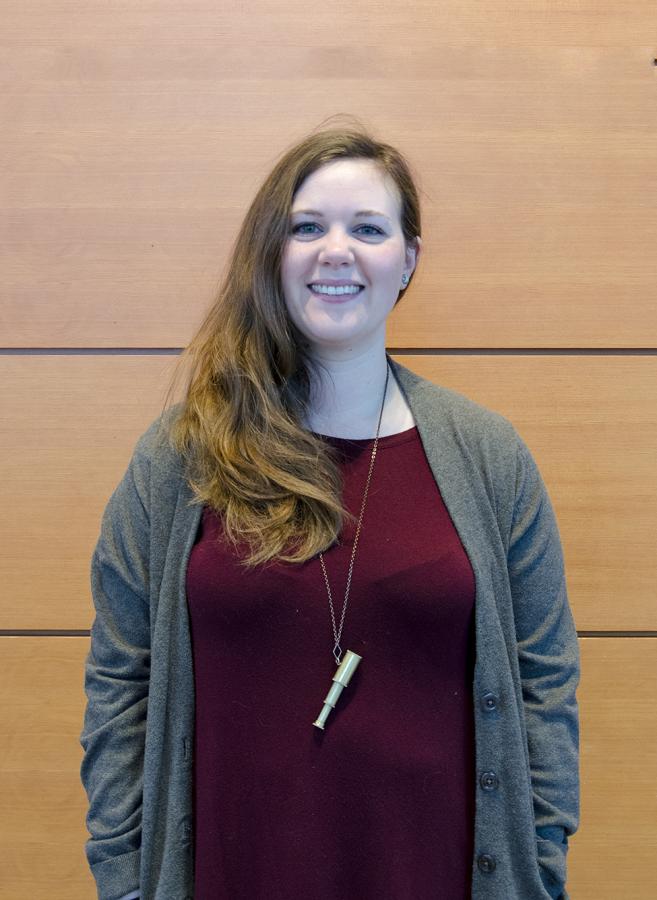Q: What is your role with the AGA?
I am the Exhibitions Manager. I work directly with the curators, artists, and other institutions to find the way to making their exhibition projects happen at the Art Gallery of Alberta. This ranges from setting up budgets and contracts, to setting up shipping, or the collection of production information and the problem solving required to make the idea for the exhibition a reality.
Q: Have you experienced discrimination or prejudice?
Before I moved into a management role, I worked as a Preparator (a gallery technician) both at the AGA as well as in other organizations. When I was first starting out in my career I often ran into challenges getting work, finding people want to hire a guy instead, even when I had more art handling experience. I had a lot of incidents where people would treat me in a very specific way or only give me certain tasks because I am fairly petite and assume limits on what I could do that were not accurate. Due to this, I enrolled in a work-study program through the Banff Centre specializing as a Preparator as a way to make myself more competitive of a candidate for work. While the experience of going through this program was incredibly valuable, it was frustrating to have to constantly feel I need to ‘prove myself’ in a way that never really came up in the same way for my male coworkers.
Q: How would you describe women in one word?
Resilient.
Q: What way do you think you are helping to break the bias around gender bias, discrimination and stereotyping in your environment?
I work with a vast array of people from different backgrounds and levels of experience so I try to start any working relationships without assumptions of anyone’s abilities or experience. I try to keep myself flexible to work around whatever limitations come up as we were through a project.
Q: What is the most impactful contribution from women in the arts and culture ecosystem?
The work done by the Guerrilla Girls sheds a light on the reality of bias in the arts and culture industry. A group of anonymous artist activists, their work involved projects like creating billboards and posters that hold major institutions accountable to their exhibition and collecting practises by focusing on the percentage of female artists and artists of colour. In shedding light on the very unflattering numbers, they create an awareness and a push for better. I think that the harshness of the statistics they use has laid the groundwork for the reflection on the programming that still happening today.
Q: What part of your role that you enjoy the most?
The type of projects I get to work on have a huge range and often require a lot of problem-solving. I work with a great team of really talented people and it is really fun to get to work through the challenges we come up against and find ways to make a final product that looks really polished.
Q: What is something that you learned and is beneficial for young women to know?
The idea there are ‘boy jobs’ or ‘girl jobs’ is a myth, but there are always going to be people to who still believe it. While those preconceived perceptions can be frustrating, when you take on those tasks that people don’t think you should be able to do and do them well, you actively play a part in paving the way for new perceptions to be formed. If you do a good job, slowly but surely things will get easier.
Q: When have you felt the most proud about being a woman?
Around 2015-2017 there was a time that our Preparator team was largely women – the Head Preparator, as well as all most of the part-time preparators, were female. It was largely happenstance, but with a job that was stereotyped as a ‘boy job’ it seemed really special. We all worked so well together tackling whatever tasks came our way. Every so often we would get a shipment of giant crates for a show from a truck driver we hadn’t worked with before and they would look a bit confused when we were the ones receiving the shipment. We would just use the tools we needed and do the job without any issues. Being able to create a little bit of surprise in someone who had their doubts always felt really significant.








